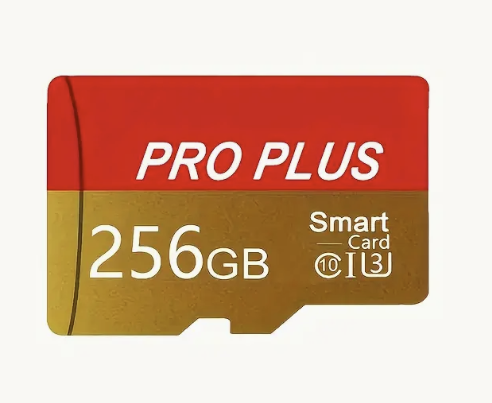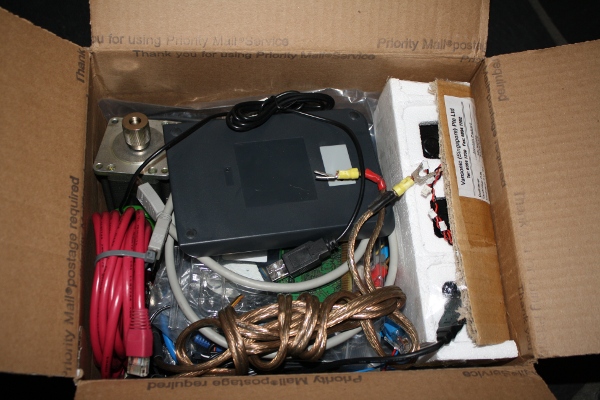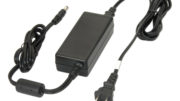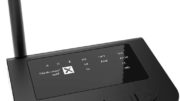The other day I was looking through some old stuff on YouTube and I was reminded that it wasn’t that long ago that 256GB of flash memory cost about $500. Today, you can find that same amount of memory on some large shopping sites for about $7. But generally, the stuff you see on sites like Amazon from brands you’ve heard of cost about $20. These are the prices for MicroSD. If you look for CFast cards, which is what our Blackmagic cameras use, they’re about $50 on those other sites and $250 on Amazon.
Does it really make a difference?
Simple answer: yes
CFast cards, MicroSD cards, even solid state drives (SSDs) and flash drives are essentially the same thing. They are a form of computer chip that has two unique qualities. The first is that you can make some sort of physical change to it and you don’t need to keep it powered for that change to stick. The second is that you can make that change more than once. Let me unpack that for a minute before I get back to the meat and potatoes of this article.
Going old-school: RAM, ROM, and EPROM
50 years ago when computers were in their infancy, there were three very distinct kinds of computer chips. RAM chips were used for temporary storage. You could read and write to them quickly but once they lost power all that information was lost. ROM chips were created at the factory with fixed information that could never be changed. In the middle was EPROM. EPROM chips could be programmed and erased and didn’t lose that information if they lost power. But, you couldn’t erase just one part of them. You had to erase the whole thing and rewrite it. That process took several minutes.
If you wanted to store something permanently, you needed a physical form of storage. This could be a cassette tape, hard drive, writeable CD, that sort of thing. All these things needed devices with motors to move things around so you could read what you wanted. That made them very slow and unreliable by today’s standards.
The holy grail: non-volatile memory
As early as the late 1980s, there was a lot of work done to find ways to make computer chips that could take the place of physical storage. This was a whole new field and it took about 15 years before it became affordable. Since the beginning of the 2000s, we’ve seen a lot of different forms of non-volatile solid state storage. Over the years it’s been a balance between size, cost, and reliability. A 32 megabyte flash drive in 2005 might have cost you $40, been about the size of a pack of gum, was slower than a mechanical hard drive and might fail in a few years. Flash forward to now and you can get 16,000 times as much storage for that price, on a card the size of your pinky nail. It’s faster than most mechanical hard drives and will probably last decades (no one knows for sure yet.)
Along the way, it’s become very cheap to make this sort of memory, so cheap that a lot of factories want to do it. And, those factories aren’t always up to the same standards. That brings us back to our story.
Why some cards are better than others
Keep in mind that these cards still have some sort of moving part. Even if it’s just a few atoms going from place to place, something is moving. This opens up the possibility that the pathways within the card can physically wear out.
More often it’s a matter of how clean the manufacturing was in the first place. All computer chips are created using a process like stenciling. If the stencils aren’t well made, of if they’ve been used too many times over and over, the chip itself might have small flaws which can create problems over time. When you’re talking about factories that are turning these things out for just a couple of dollars, it’s tempting to cut corners to control costs. But when your product has to be perfect on a microscopic level, cutting corners isn’t the way to go.
How to tell a good card from a bad one
Luckily it’s pretty easy to tell a good card from a bad one. It comes down to two things: use a brand you know and buy from a place you trust. In my opinion these are the brands I trust:
- Samsung
- Angelbird
- SanDisk
- Lexar
- Kingston
That list is in order of how much I trust them. In other words, if I have a choice I’ll buy a Samsung card, but I still feel comfortable with any of these manufacturers. I also only buy from trusted retailers like Solid Signal.
Don’t just go by appearance. Here’s a card from Sandisk:

and here’s a card I found on another site from another manufacturer:

If you weren’t looking carefully you might think that bottom one was genuine SanDisk.
Let’s talk about Kodak
Everyone’s heard of Kodak from their childhood. What you probably don’t know is that the Kodak company went bankrupt in 2014 and spun off some of their product lines. While the company still does a lot of professional imaging products, the Kodak name on something like SD cards doesn’t mean quality. It just mean that a company you’ve never heard of has the right to use the Kodak name.
If it’s misspelled or if you’ve never heard of the company you should probably avoid it.
Even if you look at really reliable shopping sites you’ll probably find manufacturers with weird names. Sometimes those names might sound close to major manufacturers but they’re a little bit off. Look carefully and make sure you’re buying something from the companies you think you are.
In the end, it comes down to shopping carefully. That isn’t new, of course. There are great deals to be found on the internet, but there are also a lot of ripoffs. There are great new shopping sites like AliExpress and Temu that offer things at unbelievable prices. Sometimes you can get the same quality or better and pay a lot less. But of course there will always be companies that want to cut corners on quality. When it comes to memory cards, you generally don’t want something that could fail at any time, right? It’s worth spending a little bit more.
If you need something to help support your digital life, check out the great products at Solid Signal. We have the best products at the best prices, and we’ve been serving our customers since 2002. Here’s a mark of a quality seller: you can actually contact us. Unlike some of the biggest shopping sites in the world, we actually answer the phone if you have questions! Call 888-233-7563 during East Coast business hours. If it’s after hours, fill out the form below.





